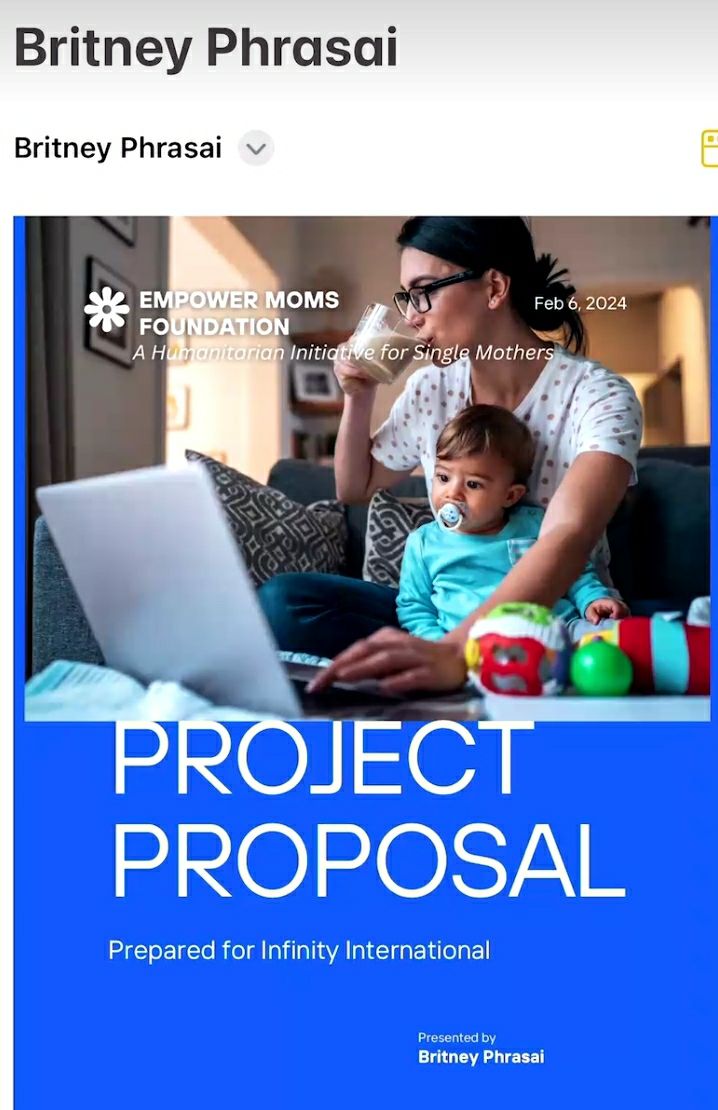Light Of The World Projects - Phoenix Cargo Planes - Year 1 of 4 Years
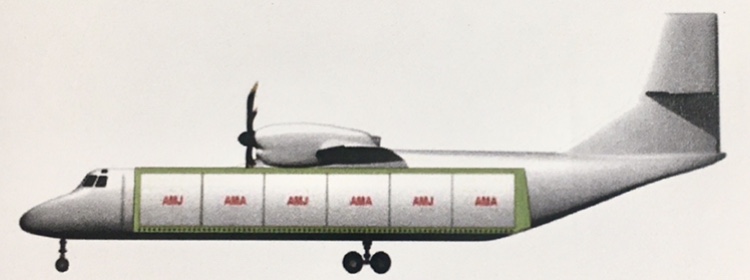
Project Overview
Project Overview With proper funding, we will be able to complete existing aircraft design and engineering work all the way through to fabricating the necessary prototypes for FAA Certification. This will allow the manufacture of 20 aircraft by the end of year 5 and an additional 38 aircraft by the end of year 6. The Phoenix Cargo Plane will help meet the global demand for a rugged, highly fuel-efficient regional container capable cargo plane. The worldwide market need exceeds 3000 aircraft with an estimated total sales opportunity of $75-$90 billion dollars. We plan to manufacture and sell a minimum of 300 aircraft during years 6-10 and thereby capture at least 10% of the total estimated market. The minimum sales price is projected at $25M per aircraft.
Executive Summary
EXECUTIVE SUMMARY 4 Year Project Funding = $192,427,200 Year One Funding = $48,106,800 The Phoenix Cargo Plane will haul twice the weight at half the operating cost of existing aircraft in its class. It is designed to accept main-deck cargo containers from larger aircraft such as a Boeing 777. A cargo plane designed around the need to efficiently move cargo, rather than how to best move passengers. Short take-off and landing capabilities especially useful for humanitarian purposes such as hauling food, water, medical supplies into and around underdeveloped countries. • This plane is the missing link in the worldwide freight feed system that needs a regional aircraft to seamlessly handle the transfer and transportation of main-deck cargo containers. • It is capable of being retrofitted for medical evacuation purposes. • Estimated need worldwide is in excess of 3000 at $25M each. • Existing "competition" consist of 25–30-year-old turboprop passenger airplanes converted to handle cargo. They are highly fuel inefficient and are not capable of receiving main deck cargo containers from larger aircraft. Therefore, they require the cargo contents to be removed and manually loaded onto the old regional aircraft. This introduces tremendous labor costs, time loss, and the opportunity for theft and/or damage. • Significant business plans and engineering design work along with partial wind tunnel testing on scale models have been completed. However, forward progress stalled on this project after numerous funding efforts fell short, almost always tied to the funding source demanding unreasonable ownership and control positions. • An investment in this project will lead to the manufacture and sale of a minimum 20 aircraft by year 5 and 38 aircraft in year 6. These 58 Phoenix Cargo Aircraft will generate gross sales of $1.445B, generating a pre-tax profit in excess of $283M by the end of year 6. • Job creation is expected to exceed 180 FTEs plus the benefit of another 200+ indirect jobs created for numerous suppliers and contractors. • Due to the rugged design of this aircraft and its short take-off and landing capabilities (STOL) it has an added humanitarian benefit when it comes to flying food, water and medical supplies into various countries vs trucking which can be unreliable as to safety and actually arriving at its intended destination.
Funds Required
$ 48,106,800.00Draw schedule
First Draw: $ 8,017,800.00Second Draw: $ 8,017,800.00
Third Draw: $ 8,017,800.00
Fourth Draw: $ 8,017,800.00
Fifth Draw: $ 8,017,800.00
Sixth Draw: $ 8,017,800.00


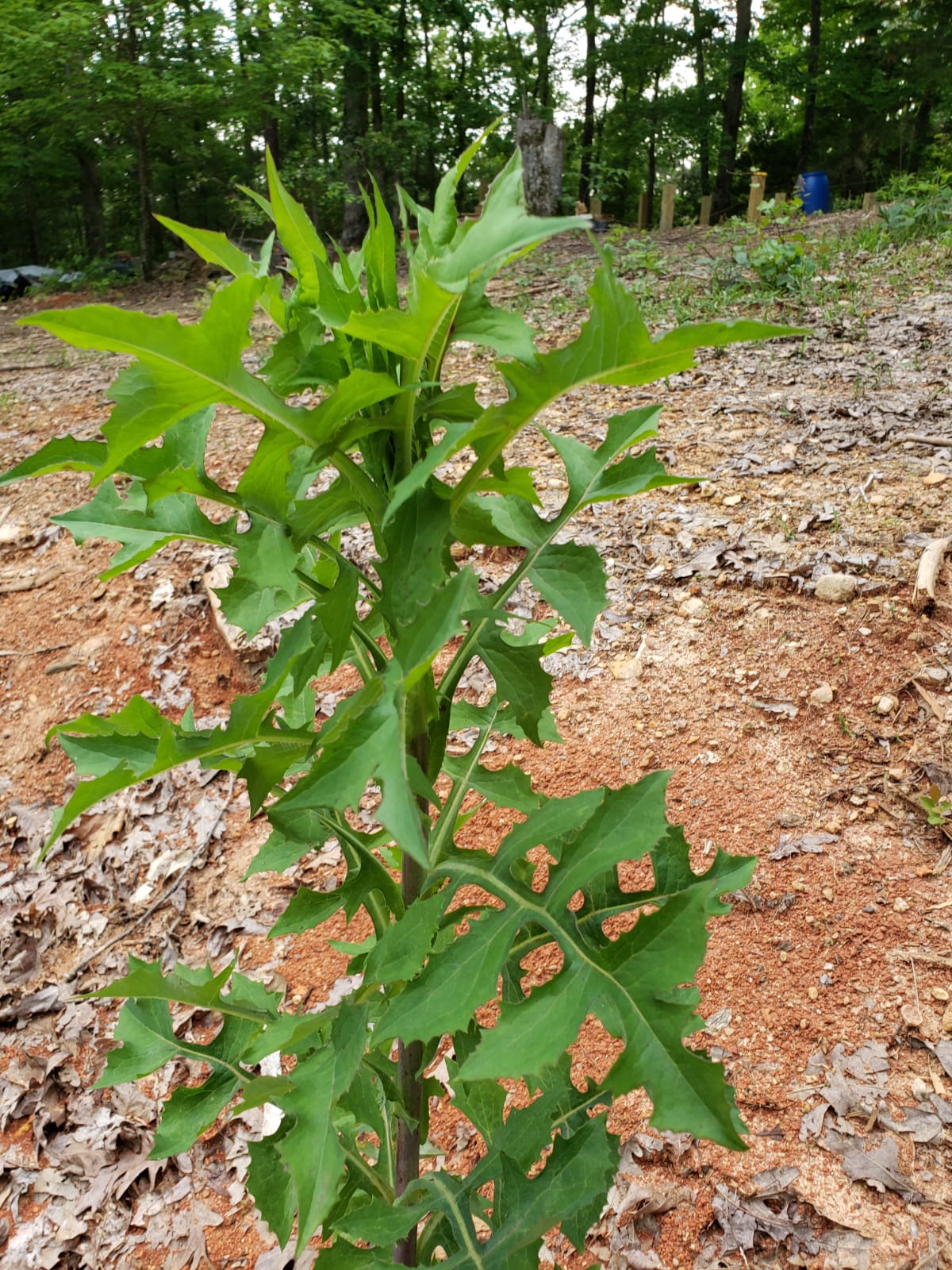




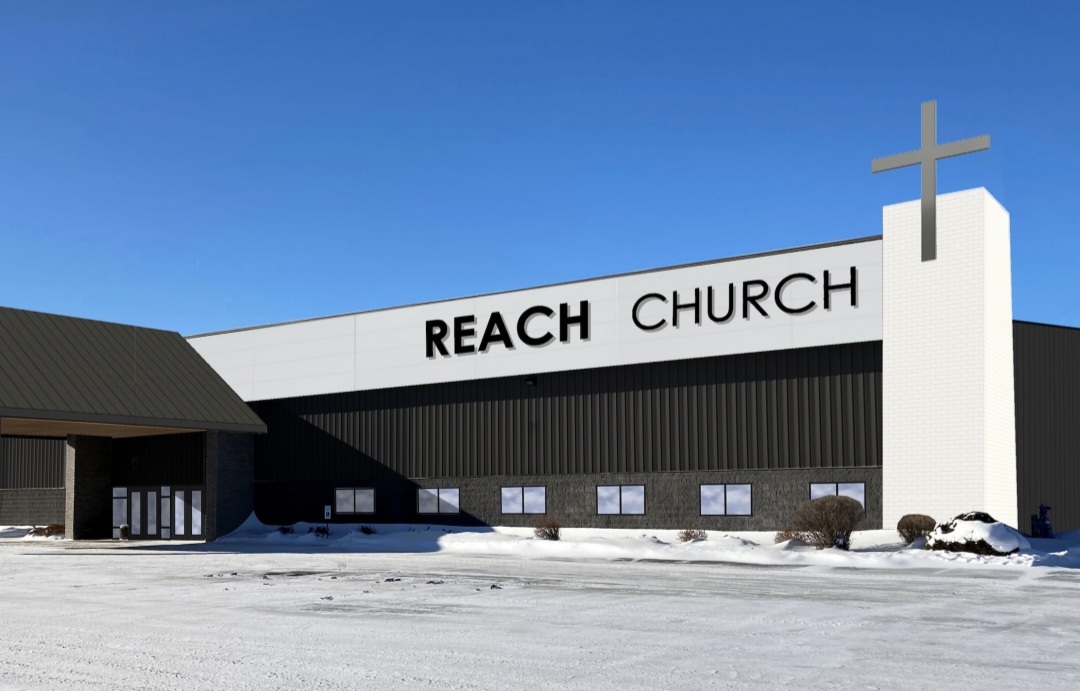







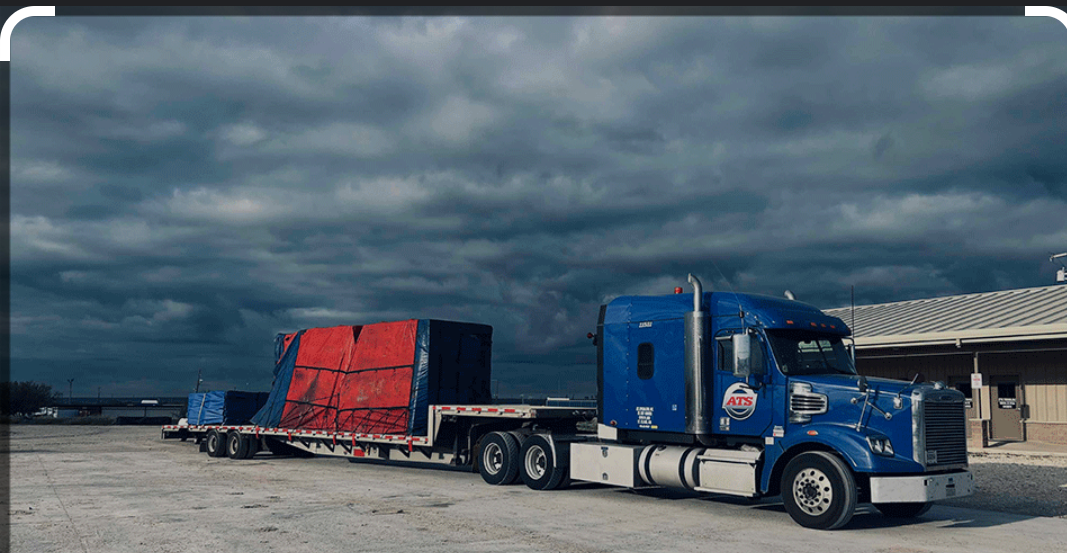

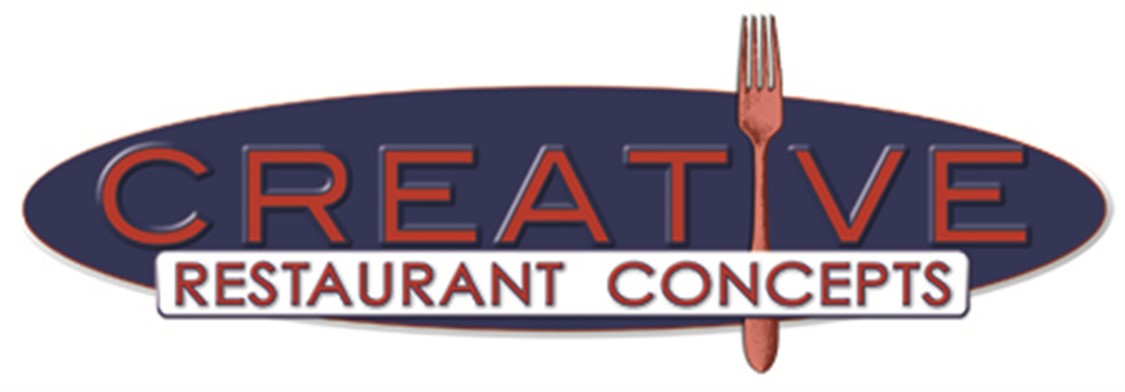

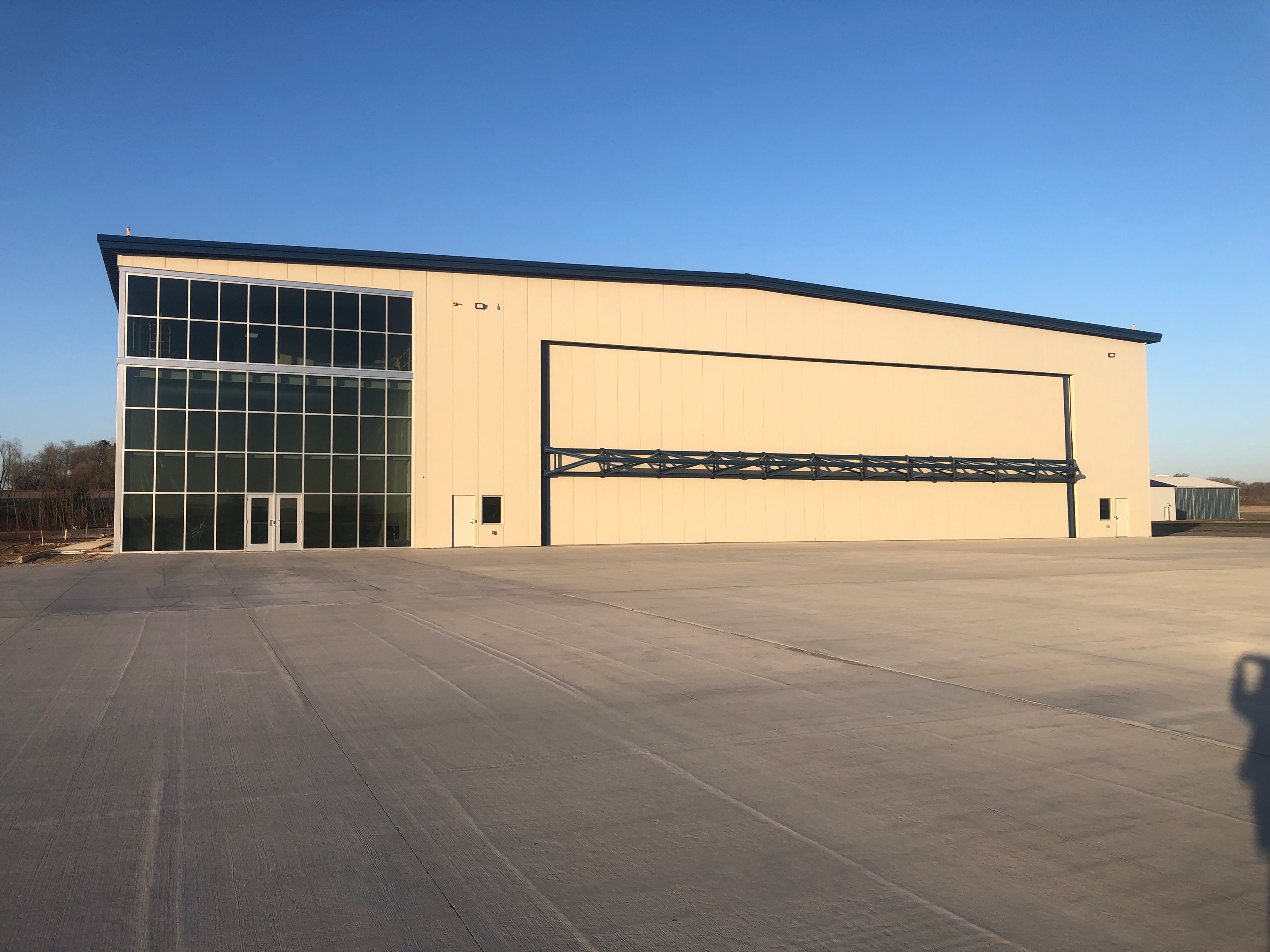






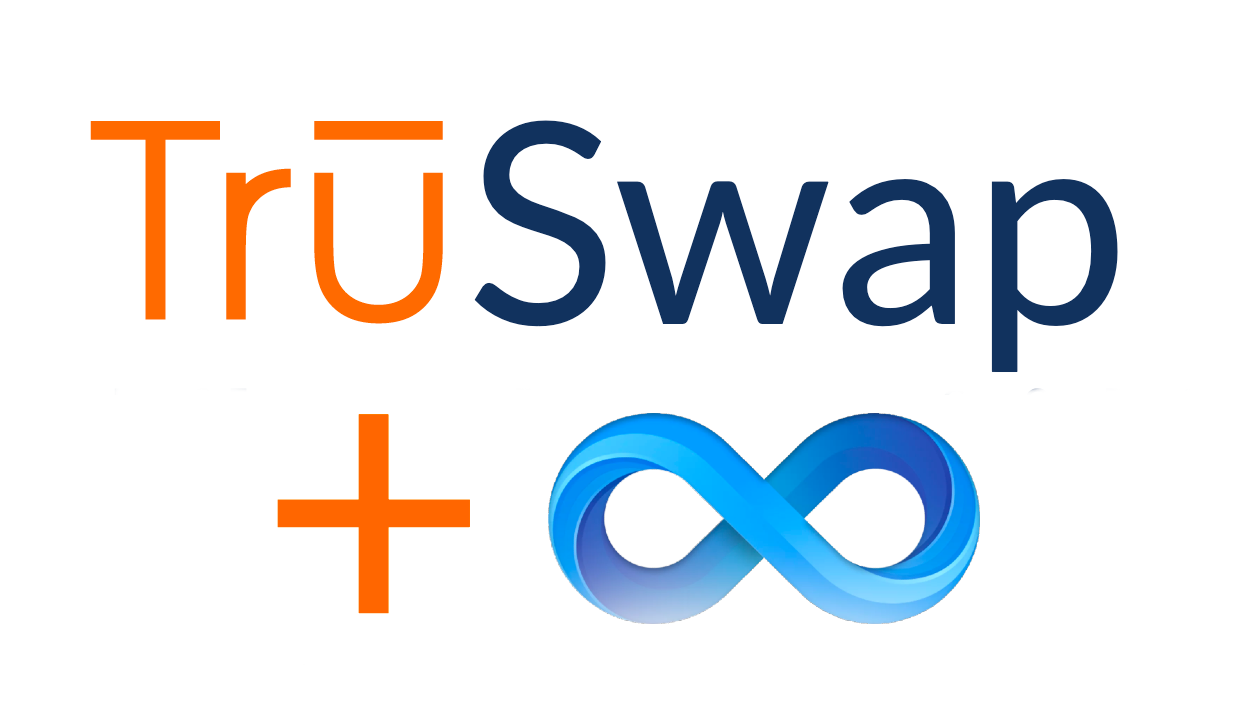


 Final.jpg)
.png)


.png)











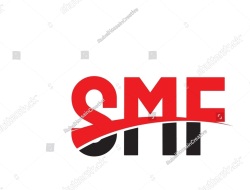




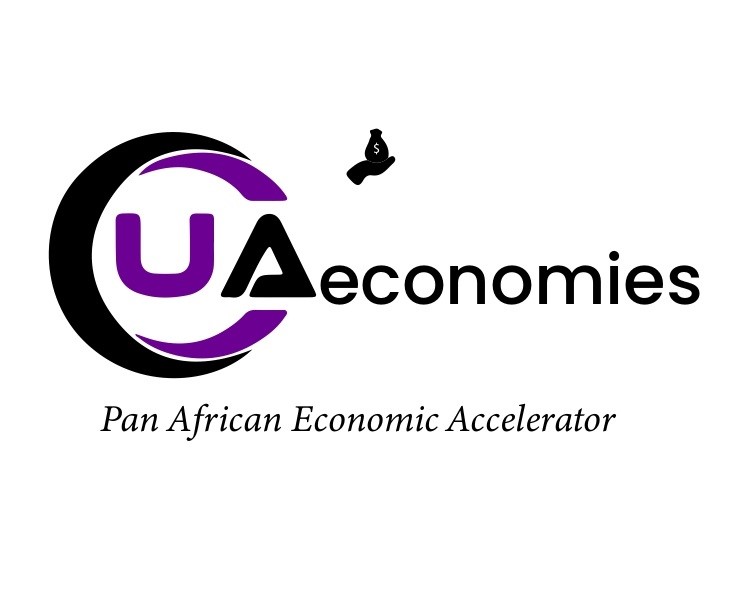


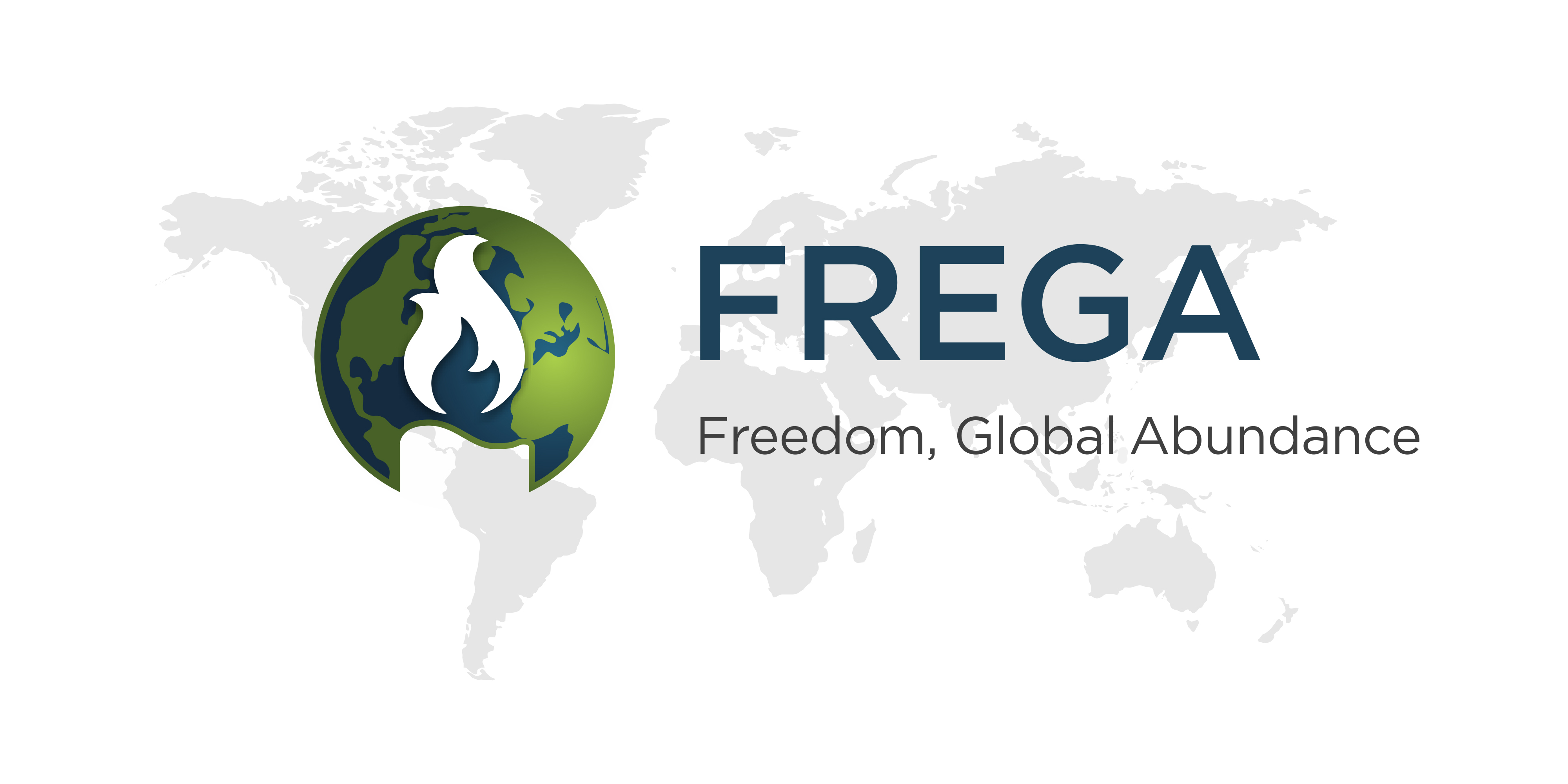
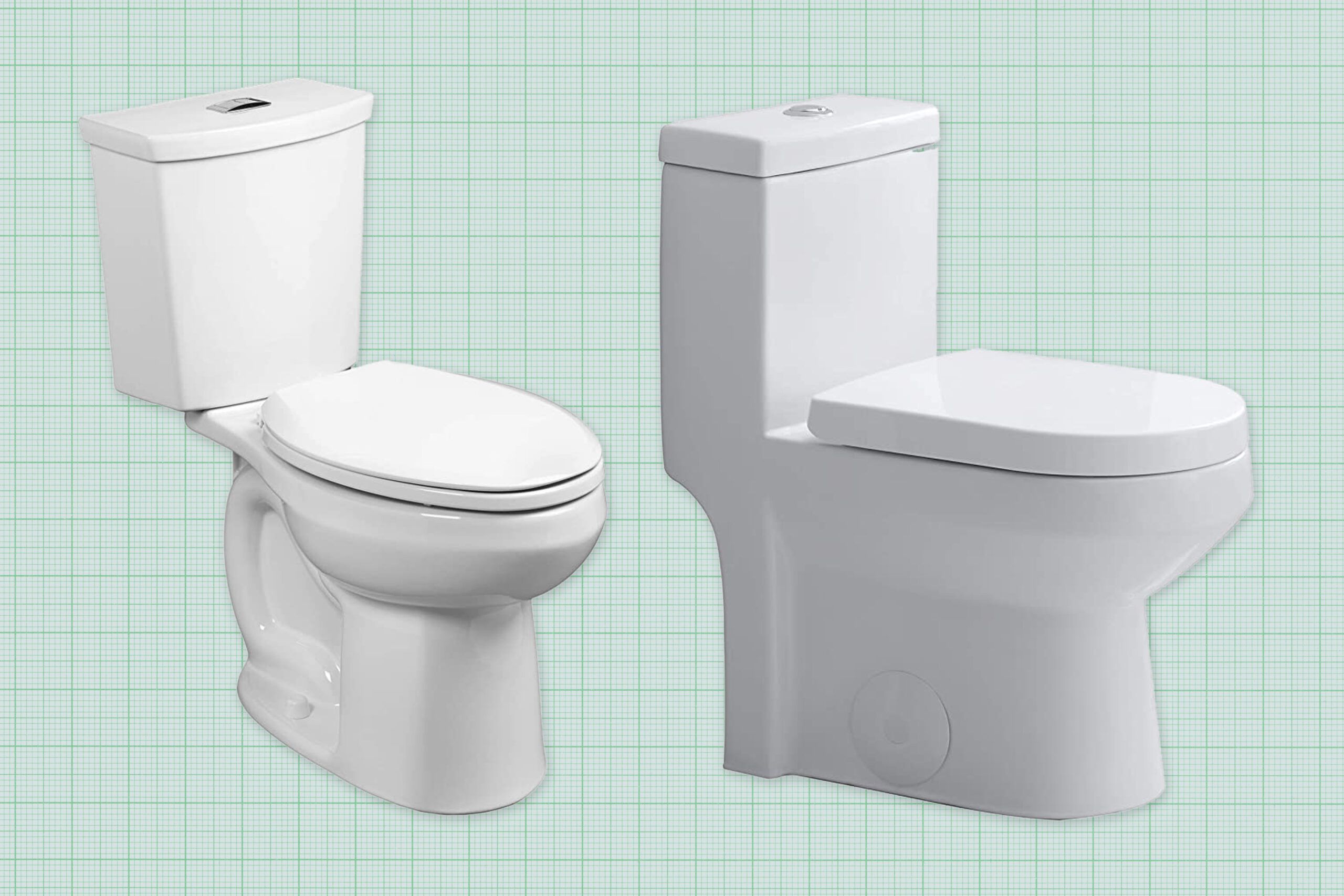

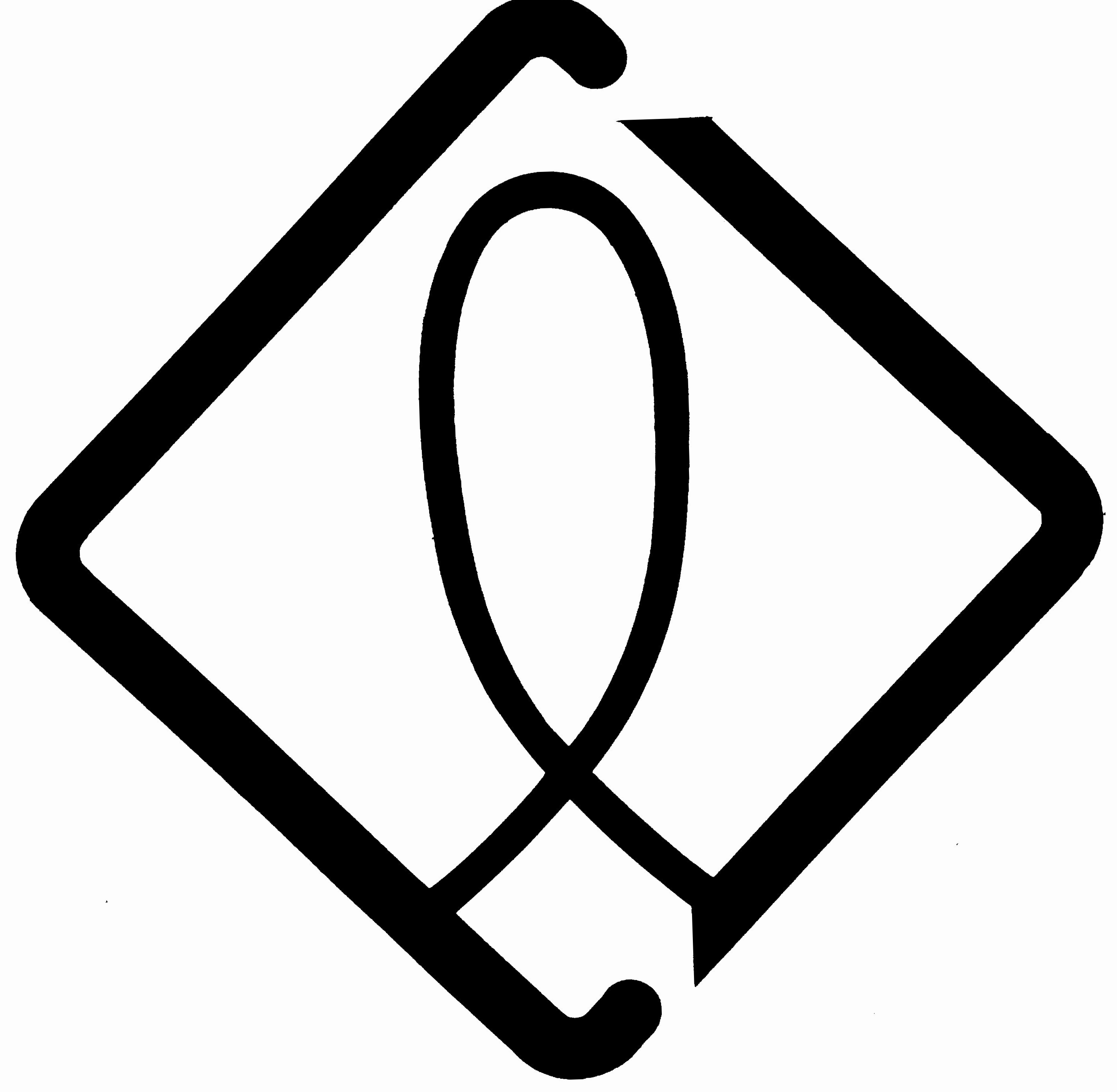











 (1).jpg)

.png)








.jpg)












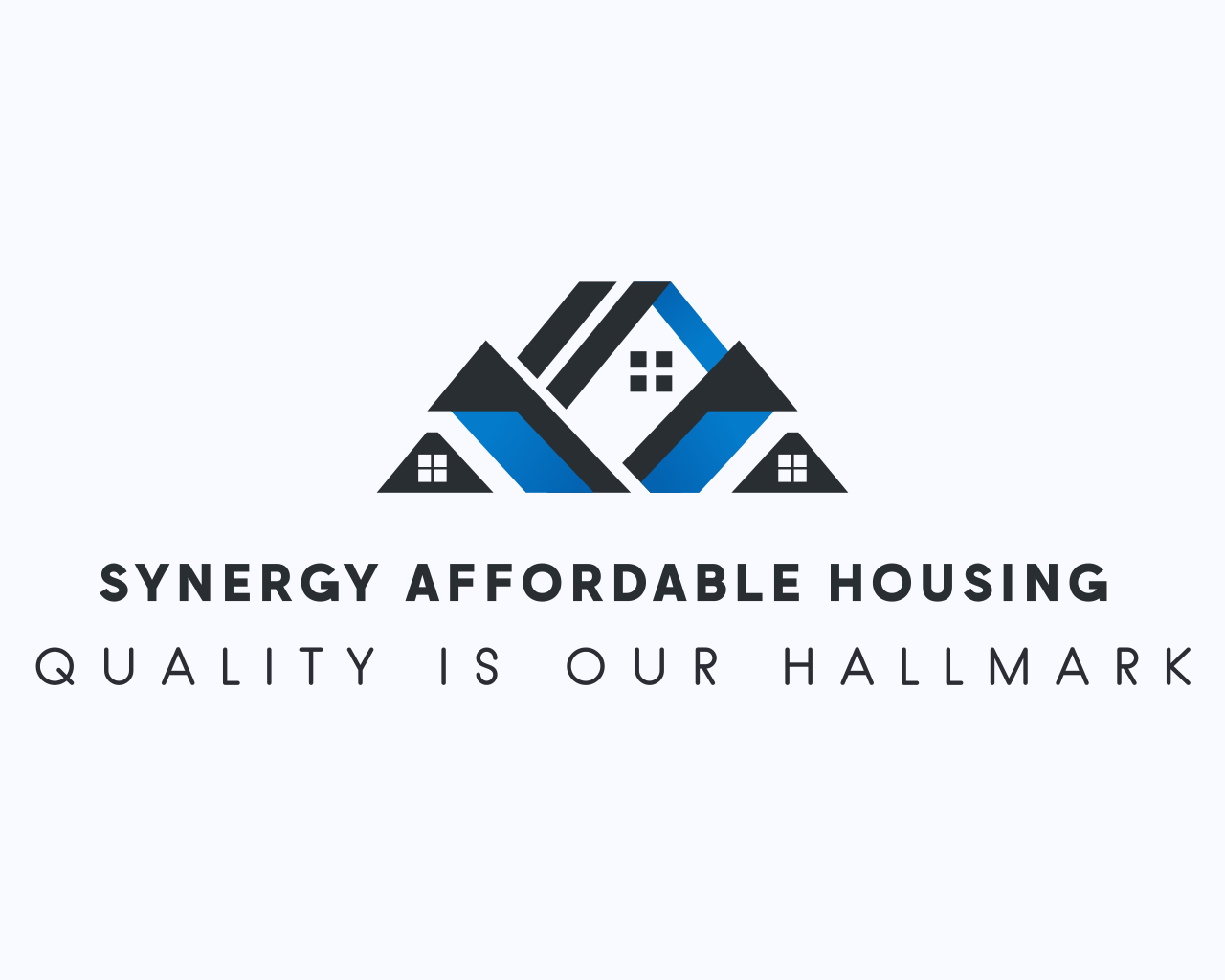


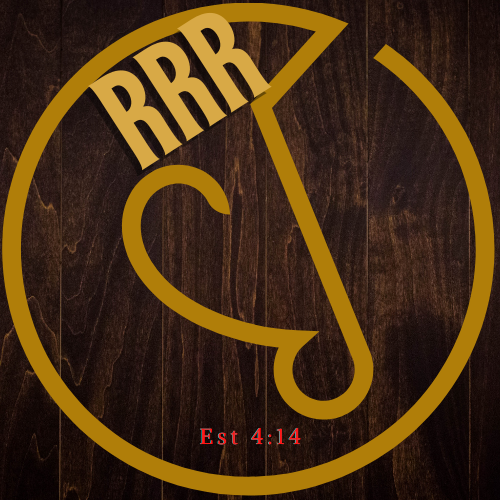
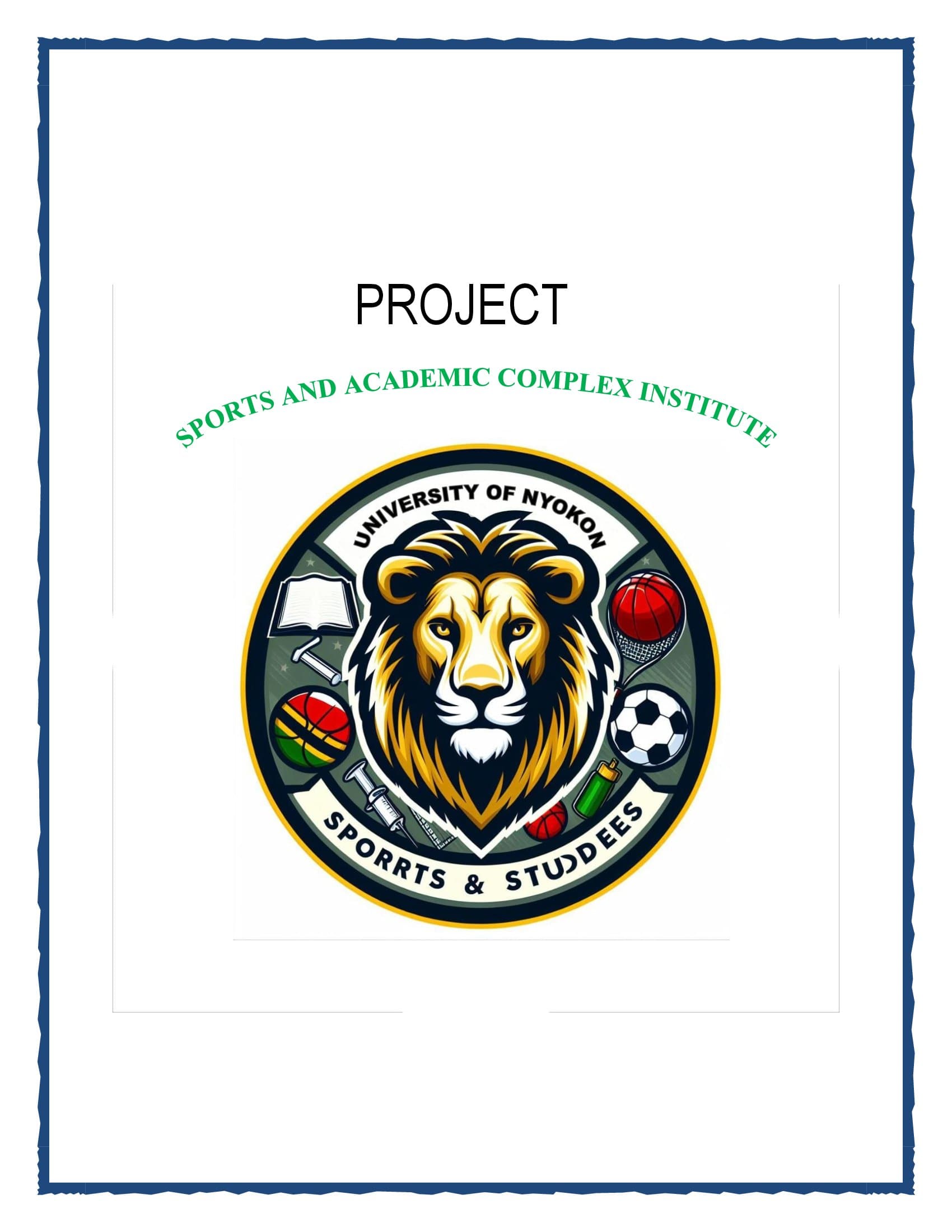

 Savado Park Symbol.jpg)



 (1) (1).png)
